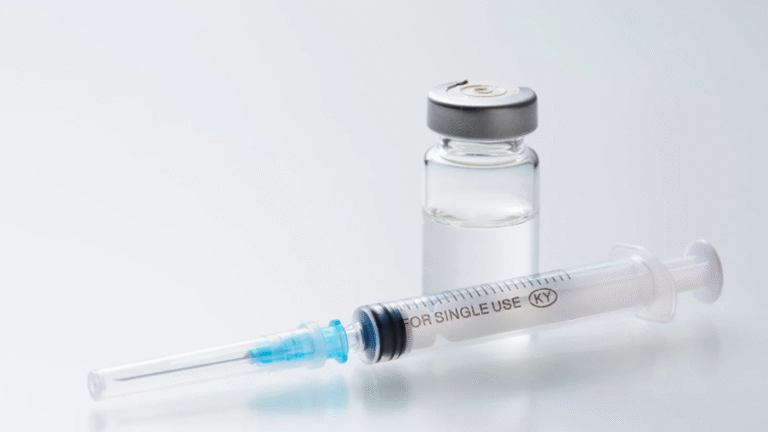Why Gastric Sleeve Is Considered a Less Invasive Weight Loss Surgery
Weight loss surgery has evolved to provide safer and more effective options for patients struggling with obesity. Among these, the gastric sleeve in Mexico is often described as a less invasive option compared to other bariatric procedures. This popularity stems from its shorter operating time, reduced complication risks, and faster recovery periods. By understanding how the gastric sleeve works and why it is considered less invasive, patients can see why it has become one of the most common choices for weight loss surgery.
A Simplified Surgical Process
Unlike more complex procedures that reroute the digestive system, the gastric sleeve focuses on reducing the stomach size alone. During surgery, a portion of the stomach is removed, leaving behind a narrow, sleeve-shaped pouch. This reduces the stomach’s food capacity and decreases the production of hunger hormones, which helps patients feel satisfied after smaller meals. Because the procedure does not involve altering the intestines, it is generally quicker and less technically demanding. Patients often wonder how long gastric sleeve surgery takes, and the answer is that most operations last only a few hours, with recovery times shorter than more invasive options like gastric bypass.
Lower Risk of Complications
One of the reasons the gastric sleeve is considered less invasive is the reduced likelihood of complications compared to surgeries that alter nutrient absorption. Since the intestines remain intact, patients face a lower risk of malabsorption-related issues such as vitamin deficiencies or bowel obstructions. Additionally, because the stomach is reshaped rather than bypassed, digestion remains closer to its natural process. This makes long-term nutritional management easier while still delivering significant weight loss.
See also: Why ABA Billing Services Are Essential for Patient Satisfaction and Financial Health
Faster Recovery and Improved Comfort
Patients undergoing a gastric sleeve often report faster recovery periods. The use of minimally invasive laparoscopic techniques means smaller incisions, less discomfort, and quicker healing. Most patients are able to resume daily activities sooner than with more complex surgeries. The procedure’s less invasive nature also reduces the likelihood of long-term complications, allowing patients to focus on lifestyle changes that support sustainable weight loss.
Tracking Success Beyond the Scale
The benefits of the gastric sleeve extend beyond weight reduction. Patients often experience improvements in related conditions such as diabetes, high blood pressure, and sleep apnea. Just as importantly, they benefit from improved energy levels and quality of life. Monitoring progress goes beyond tracking pounds lost; patients are encouraged to consider improvements in health and daily living. Insights on tracking progress after gastric sleeve surgery highlight how non-scale victories like improved mobility and reduced medication use are equally meaningful indicators of success.
Why It Appeals to Many Patients
The balance of effectiveness and lower invasiveness makes the gastric sleeve appealing to patients who want significant results with fewer risks. It offers substantial weight loss, improved health, and a shorter recovery time compared to other procedures. While it is not without its own risks, its streamlined surgical process and lower long-term complications make it a preferred choice for many seeking a safe and effective path toward better health.
Conclusion
Gastric sleeve surgery is considered less invasive because it simplifies the surgical process, reduces risks, and allows for faster recovery while still delivering meaningful weight loss results. By reshaping the stomach without altering the intestines, it balances effectiveness with safety. With proper medical support and lifestyle changes, patients can achieve lasting improvements in both their health and quality of life.






